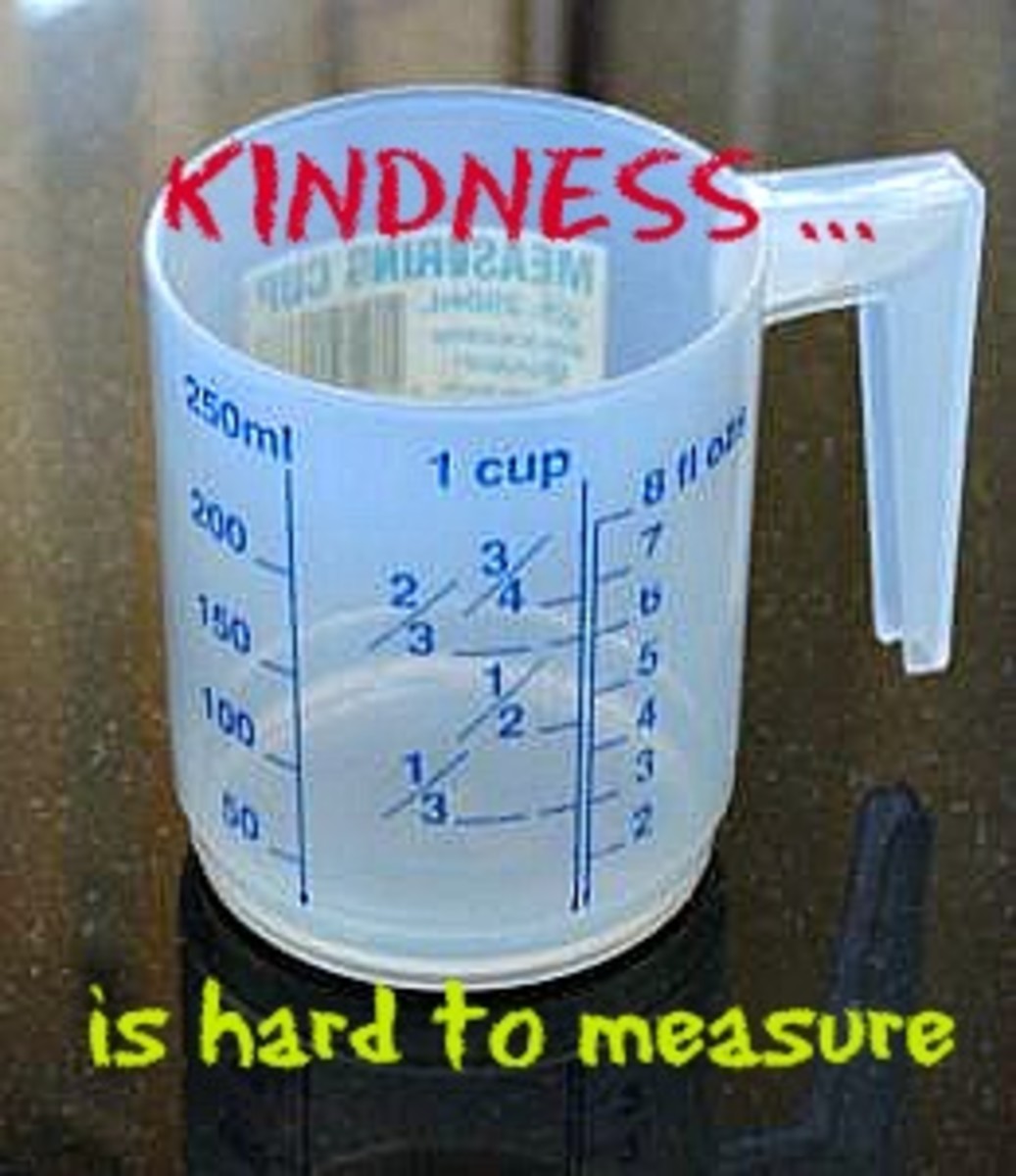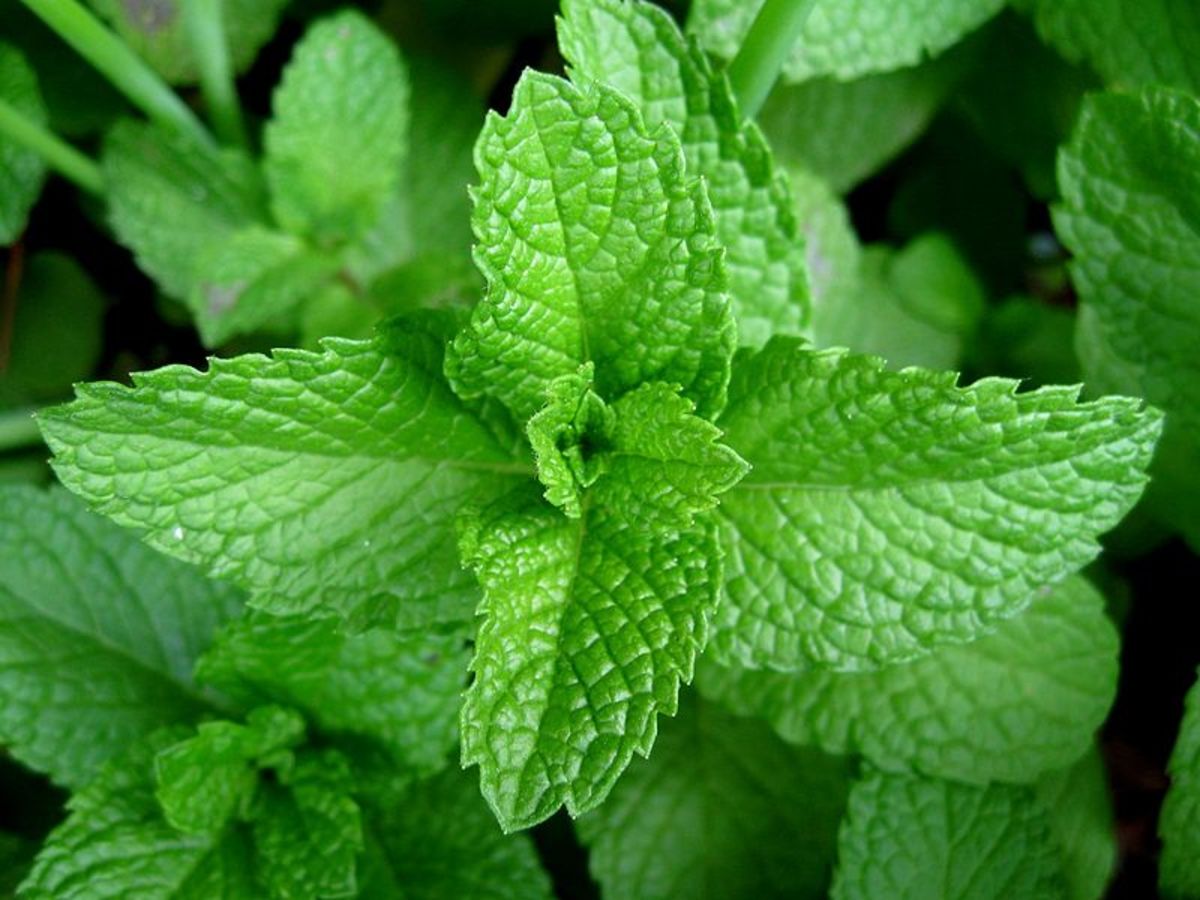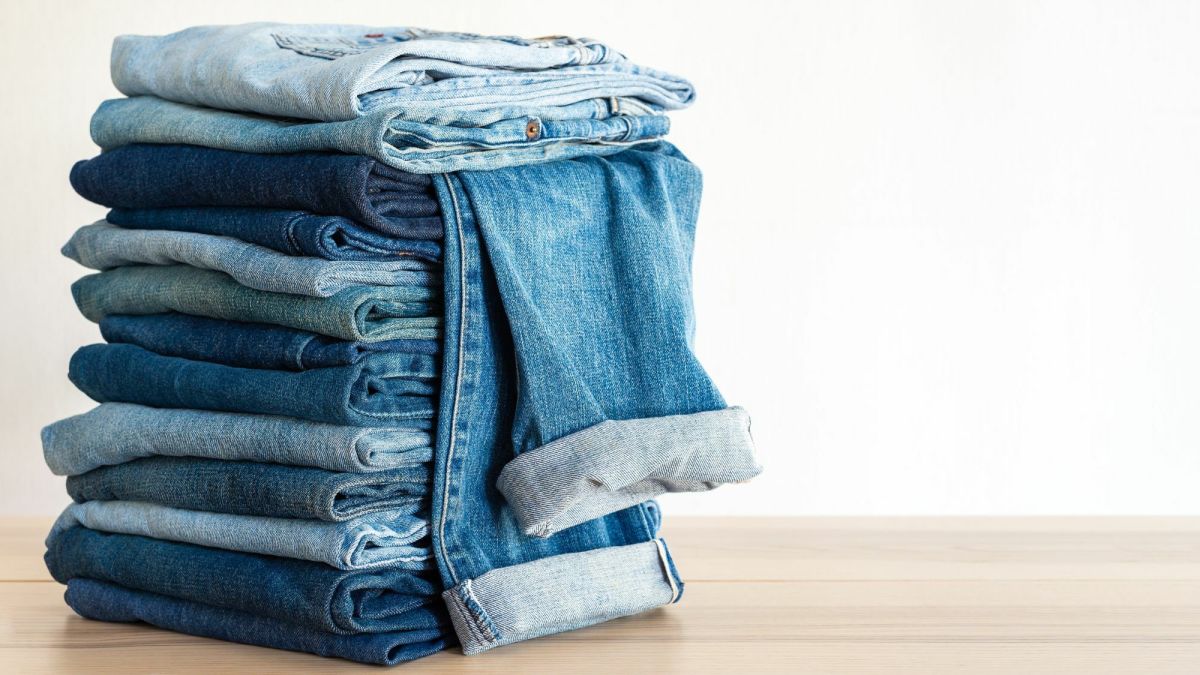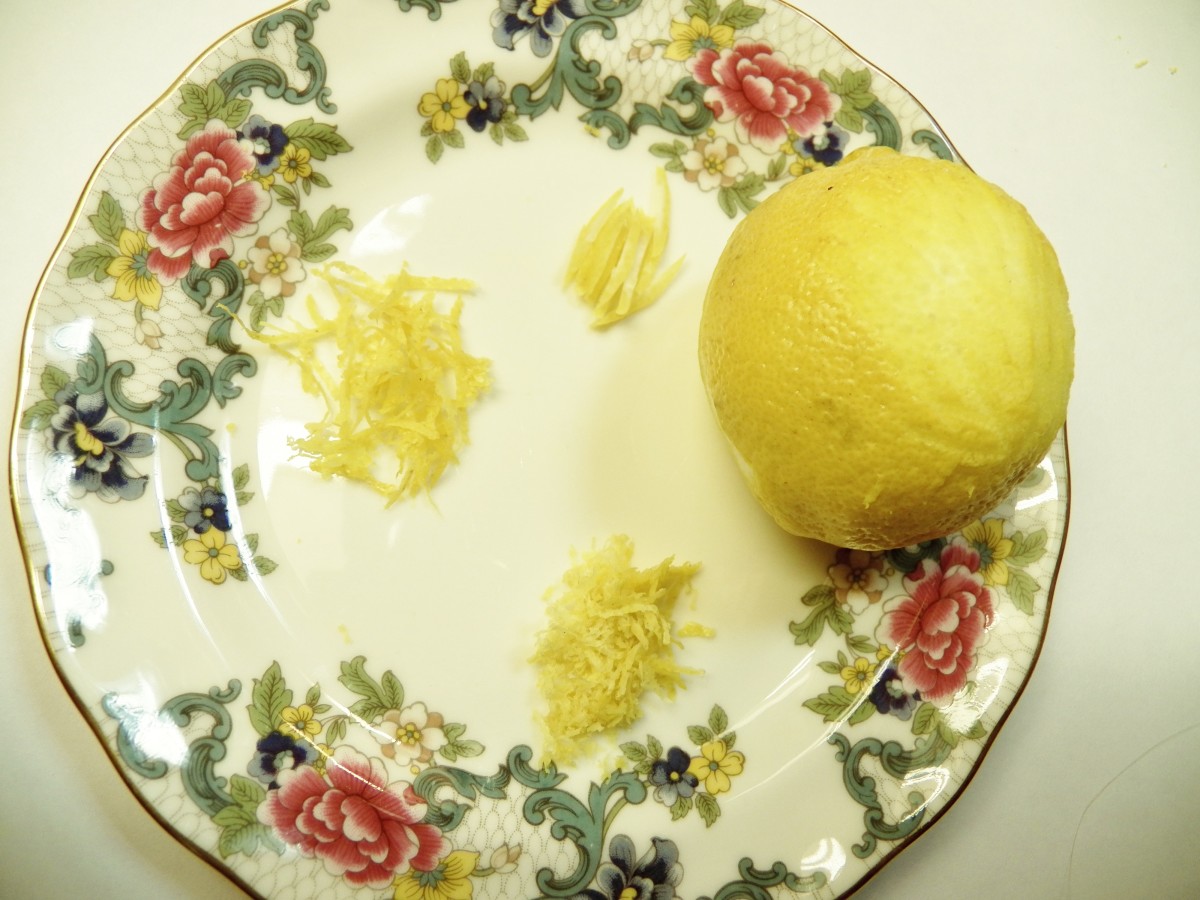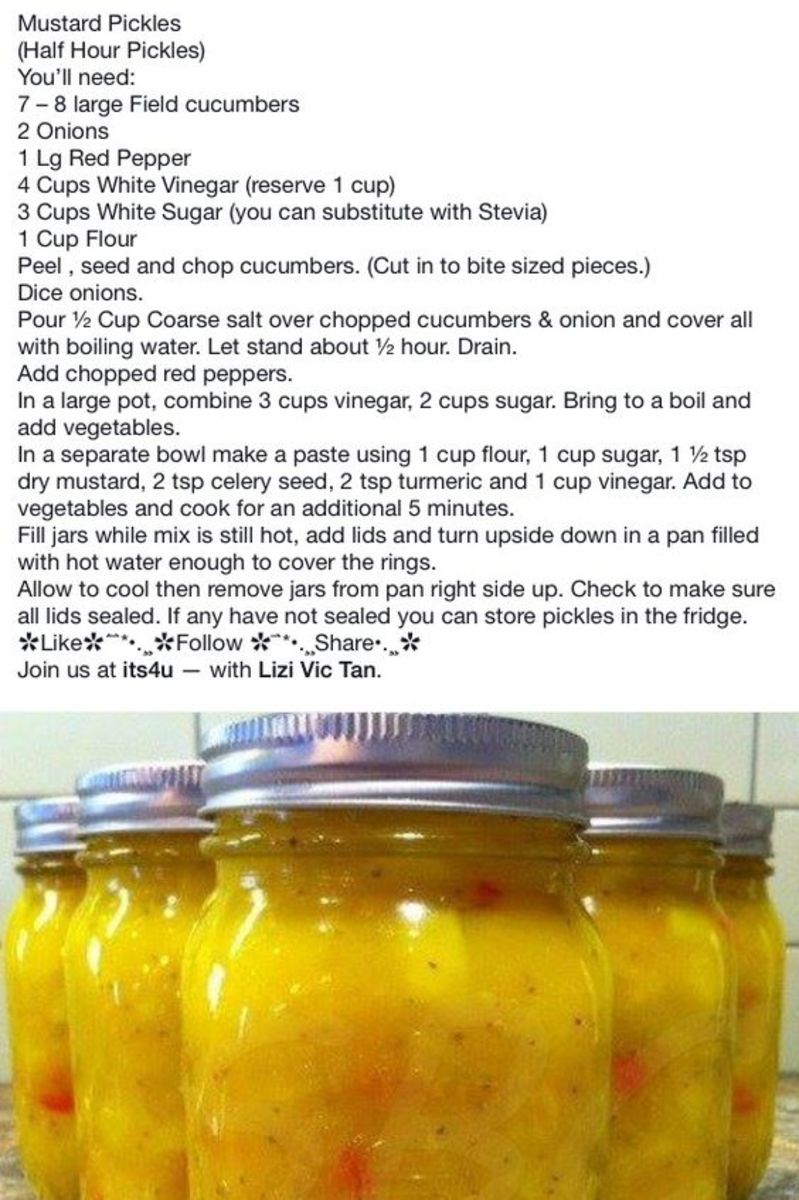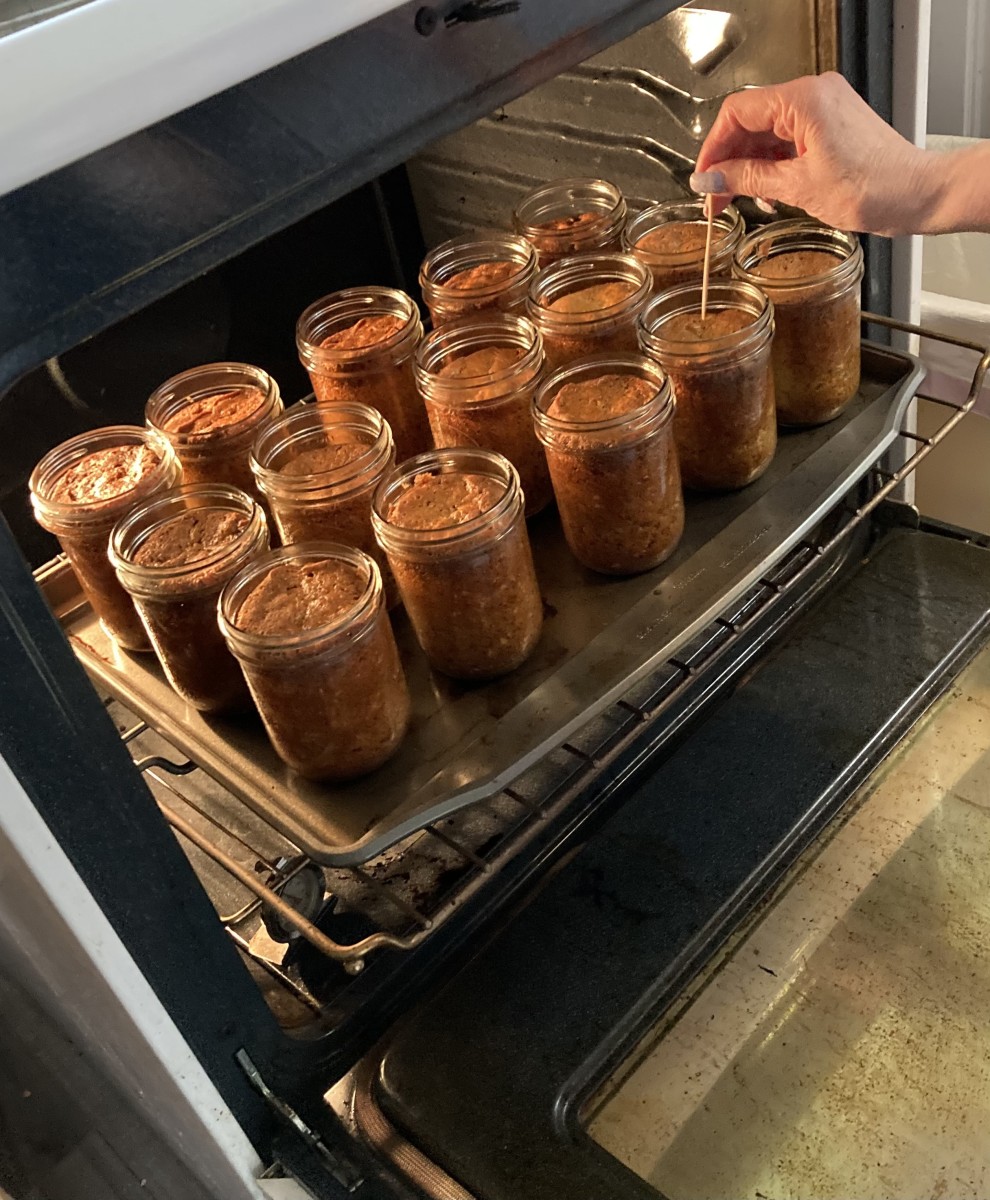How to Read & Write Recipes Everyone Everywhere Can Use: International Measurement Conversion Charts
The Golden Rule:
Convert your measurements!
This article is intended for people who write recipes and people who use them.
There are two main measurement systems used for online recipes: the US system of measuring primarily by volume and the international metric system primarily by weight. Below are the charts I use for converting common measurements for the following:
- Flour
- Sugar
- Solid fats (butter, cheese, etc.)
- Liquids
- Oven temperatures
For people who write recipes, I recommend including the units for both systems in your recipes, putting your second choice of measure in parentheses. This will ensure your recipes appeal to the broadest possible readership. For example:
- 1 stick (115 g.) butter, or
- 150 g. (3/4 cup) sugar.
For people who read recipes, hopefully this will help you convert those scrumptious recipes you're dying to try to overcome "measurement block!"
Special note for metric users: Head swimming yet? It will now once you read this: US measurements by cup, teaspoon, etc. do not use decimals at all, but fractions in multiples of thirds and quarters: 1/4, 1/3, 1/2, 2/3, 3/4, 1, 1 1/4, 1 1/3....
Background
Variety may be the spice of life, but...
Internet has opened us up to a global exchange of recipes, spreading cherished family recipes and recipes for chef-devised declicacy alike from one end of the earth to another to the delight of palates around the world. It has always given cause for confusion to inumerable cooks who are lost amidst not just the two different temperature systems, but especially the multitude of measurements.
Weigh those ingredients
Most of the world weighs most of their food when following recipes, which are written up using the metric system. Just as English has become an international language, enabling people to communicate across the world, metric units, have become the international "language" of measurement. Any recipe using metric measures can be shared without problem.
Pump up the volume
A pocketful of countries have been reluctant to adhere wholly or even at all to the metric system. Recipes from the United States (whence I come) and to a lesser extent Canada, the United Kingdom, and Australia continue to write recipes using primarily volume measurements. But even these volume units are not equivalent between countries either. A UK cup, for instance, is equal to roughly 1 1/5 US cups.
In an ideal world
As an American living in Europe, I naturally see the ideal solution as being a cross between systems. First, we'd all adopt the metric system. After all, it's such a cinch to use. All mutliples of ten. How easy can it get? Second, we'd all use mainly volumes. It's so much easier to measure out a volume of flour than to weigh it. All you need is graduated receptacle. No heavy scales with parts that get grimy and batteries to replace.
In the meantime, leave it to Fanny Farmer
As I wait for the world to conform to my idea of how it should be, I go ahead and use the charts provided inside the front and back covers of my dog-eared 12th edition of the Fanny Farmer Cookbook. I even have copies pasted inside my kitchen cabinet doors. The charts provided here are an adaptation of the Fanny Farmer charts. Because the US is the only country not to use the metric system at all, the cups, pints, etc. used here are the US units. The conversions are not exact equivalents, but unless you're an adept of molecular cuisine, they should do the trick.
Quick & Easy Cooking Measurement Conversion Charts
Flour (unsifted, sifted makes a little more)
Tablespoons & Cups (US)
| Ounces & Pounds
| Grams
|
|---|---|---|
1 T.
| 1/4 oz.
| 8.75 g.
|
1/4 cup (4 T.)
| 1 1/4 oz.
| 35 g.
|
1/3 cup (5 T.)
| 1 1/2 oz.
| 45 g.
|
1/2 cup
| 2 1/2 oz.
| 70 g.
|
2/3 cup
| 3 1/4 oz.
| 90 g.
|
3/4 cup
| 3 1/2 oz.
| 105 g.
|
1 cup
| 5 oz.
| 140 g.
|
3 1/2 cups
| 16 oz. (1 lb.)
| 490 g. (1 T. short of a kg)
|
Sugar (granulated)
Spoons & Cups (US)
| Ounces
| Grams
|
|---|---|---|
1 teaspoon (t.)
| 1/6 oz.
| 5 g.
|
1 tablespoon (T.)
| 1/2 oz.
| 15 g.
|
1/4 cup (4 T.)
| 1 3/4 oz.
| 60 g.
|
1/3 cup (5 T.)
| 2 1/4 oz.
| 75 g.
|
1/2 cup
| 3 1/2 oz.
| 100 g.
|
2/3 cup
| 4 1/2 oz.
| 130 g.
|
3/4 cup
| 5 oz.
| 150 g.
|
1 cup
| 7 oz.
| 200 g.
|
1 1/2 cups
| 9 1/2 oz.
| 300 g.
|
2 cups
| 13 1/2 oz.
| 400 g.
|
Butter, Shortening, Cheese & Other Solid Fats
Tablespoons & Cups (US)
| Sticks (US)
| Ounces & pounds
| Grams
|
|---|---|---|---|
1 T.
| 1/8 stick
| 1/2 oz.
| 15 g.
|
2 T.
| 1/4 stick
| 1 oz.
| 30 g.
|
4 T. or 1/4 cup
| 1/2 stick
| 2 oz.
| 60 g.
|
1/2 cup
| 1 stick
| 4 oz. or 1/4 lb.
| 115 g.
|
1 cup
| 2 sticks
| 8 oz. or 1/2 lb.
| 225 g.
|
2 cups
| 4 sticks
| 16 oz. or 1 lb.
| 450 grams (500 g = 1/2 kg)
|
Liquids
Tablespoons, cups etc. (US)
| Ounces
| Litres
|
|---|---|---|
2 T.
| 1 oz.
| |
1 cup (1/2 pint)
| 8 oz.
| just shy of .25 l. (25 dL.)
|
2 cups (1 pint or 1/2 quart)
| 16 oz.
| just shy of .50 l. (50 dL.)
|
4 cups (2 pins or 1 quart)
| 32 oz.
| 1 L.
|
4 quarts (1 gallon)
| 3.75 L.
|
Common oven heats
Farenheit
| Celsius
| |
|---|---|---|
250°F
| 120°C
| very slow
|
300°F
| 150°C
| slow
|
325°F
| 165°C
| moderately slow
|
350°F
| 180°C
| moderate
|
375°F
| 190°C
| moderately hot
|
400°F
| 205°C
| hot
|
450°-500°F
| 230°-260°C
| very hot
|
For a scale-based solution:
- The confused cook: How to measure ingredients correctly
Haven't got the patience for charts or you want to be sure to have a very precise equivalent? Check out this article on a scale that converts measures...

